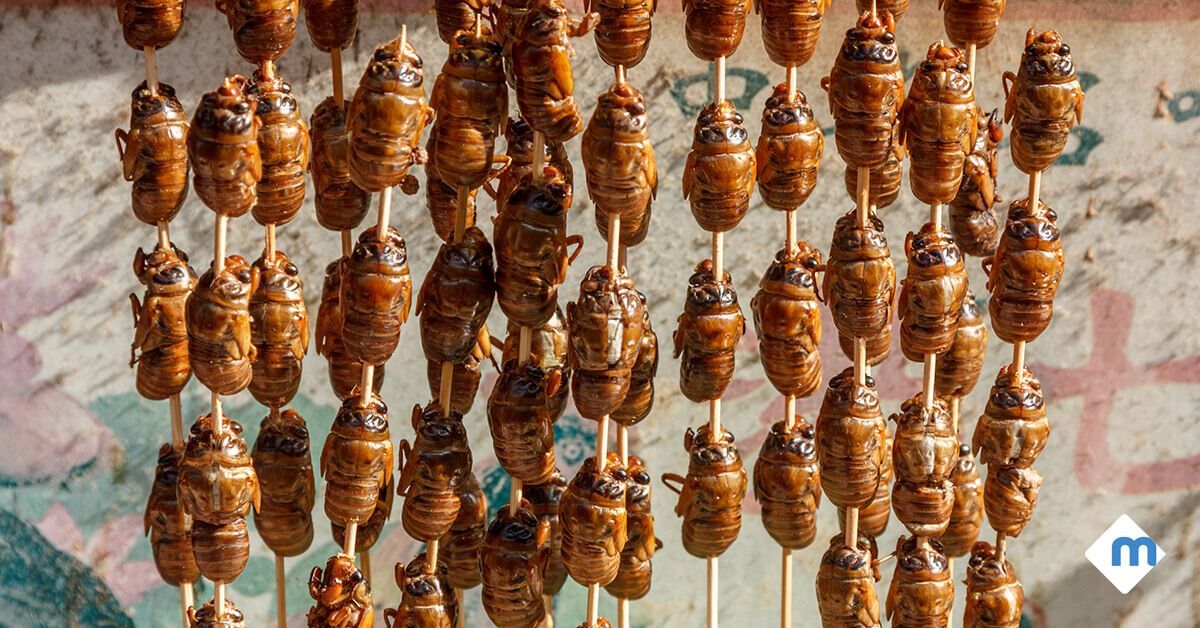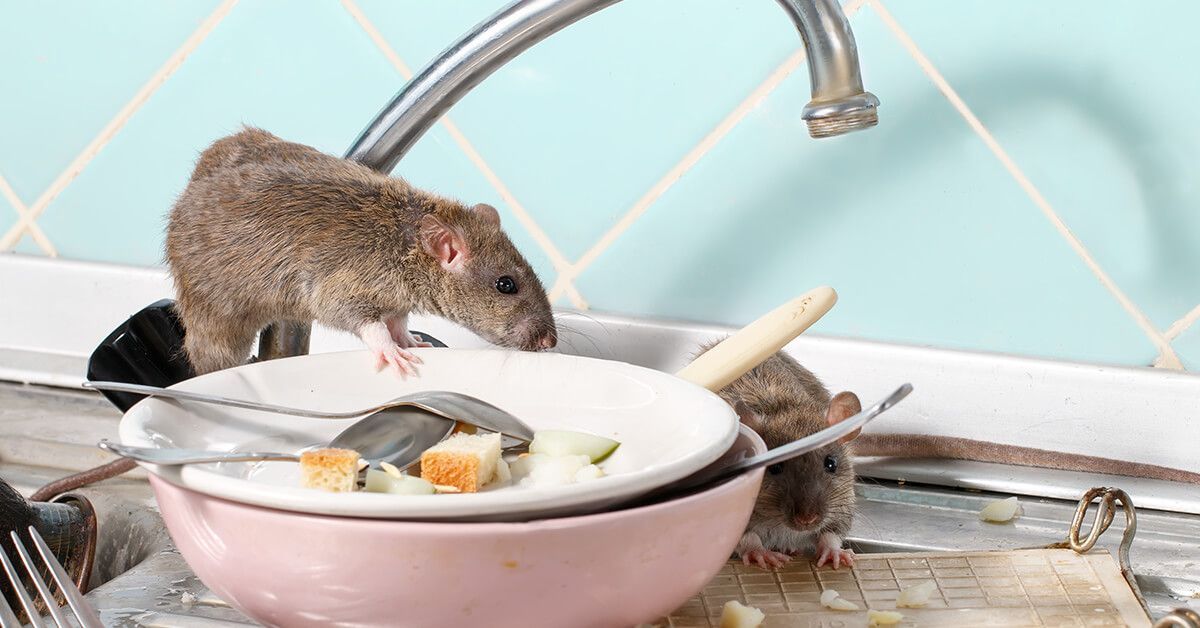Most of us aren’t exactly opening our doors and welcoming spiders into our homes, which makes their presence especially frustrating. Spider bites are unpleasant and some can result in aggravating reactions and, sometimes, even produce dangerous symptoms. Most spiders are a harmless nuisance, but which ones do we need to watch out for?
First, let’s talk about poison and venom. Though the terms are often used interchangeably, they’re two different medical concepts.
Poison:
Substances that cause harm when breathed, ingested, or absorbed on the skin.
Venom:
Harmful substances injected through a sting or bite.
Entomologists assert that no spider is actually poisonous, but nearly all are venomous. Spider venom, when introduced into the body through a bite, is what causes the harmful reactions we all fear. The linguistic differences aside, most of us are worried about what those reactions mean for our health and wellbeing.
Spider venom is usually reserved to immobilize or disable their prey, and rarely is it powerful enough to harm humans. Still, painful and dangerous reactions can occur. It’s important to identify the spider responsible for that irritating bite not only to help stave off a spider infestation, but also to assess the potential risks at hand.
AMERICAN HOUSE SPIDER
DESCRIPTION: Mottled brown or tan; speckled abdomen; ¼ to ½ inch long.
HABITAT: American house spiders can be found just about anywhere dark or concealed: in gardens, basements, attics , sheds, and other structures. Their tangled cobwebs are generally built in closets, corners, and any space with adjoining surfaces.
IS IT DANGEROUS?
Common house spiders are little more than a nuisance pest. One of the most irritating signs of their occupancy is the cobwebs in corners, windowsills, and eaves. Their omnipresence and ability to settle into a variety of locations make them highly annoying but not dangerous to humans.
SAC SPIDER
DESCRIPTION: Yellow, off-white, or tan; tufts of black or brown fur at the end of their legs resembling shoes.
HABITAT: Not web-builders, they are commonly spotted in a ceiling corner or near piles of debris both inside and out. They favor enclosed spaces and are most active at night.
IS IT DANGEROUS?
Sac spiders do bite, but their venom is not powerful enough to be harmful or toxic. Though it’s rare, their bites can be as painful as a wasp sting but are most often as innocuous as a small scratch. Sac spider bite reactions, if there are any, rarely last longer than 24 hours.
CELLAR SPIDER
DESCRIPTION: Long, wispy legs with a single, small tan, grey, or cream body; referred to commonly as daddy longleg spiders.
HABITAT: These spiders are cobweb builders. They commonly reside in basements, cellars, and garages and build webs in corners, windowsills, and between walls or object intersections.
IS IT DANGEROUS?
Cellar spiders are some of the least-threateningarac , making rumors of cellar spider venom being one of the most deadly on the planet patently absurd. These spiders so rarely bite humans that they’re considered gentle to some entomologists.
JUMPING SPIDER
DESCRIPTION: Small; variable in color—ranging from black-and-white striped to green and iridescent; noticeably hairy; two prominent eyes centered in their head; two protruding jaws.
HABITAT: Lovers of plants and foliage, these spiders harbor in bushes, leaves, debris, and dense foliage where they eat many common garden pests. They don’t build webs but instead jump from surface to surface to catch their prey.
IS IT DANGEROUS?
Jumping spiders look uniquely creepy, especially when jumping from plants, tables, and ceilings. Bites from them, however, are not common. If bitten by one of these spiders, reactions could be slightly painful but are nothing to worry about.
WOLF SPIDERS
DESCRIPTION: Brown; large; hairy; short legs; often mistaken for small tarantulas.
HABITAT: These spiders are most often found lurking in dark, enclosed spaces where they hide waiting to pounce on their prey. They’re not afraid of being discovered, however, and it’s not uncommon to spot one in plain sight on the floor.
IS IT DANGEROUS?
Wolf spiders have a reputation for being aggressive, but their might is directed mostly at their next meal. Bites from wolf spiders do happen, but they’re most likely to be as painful as a bee sting at their worst. These spiders mostly sink their fangs into people who try to catch them, so as long as you steer clear, you’re probably fine.
HOBO SPIDER
DESCRIPTION: Tricky to identify; most often ½ inch long; brown; long-legged; hairy with a chevron-marked abdomen.
HABITAT: They strongly prefer to live out their days outdoors. They’re also called “funnel weavers” for the funnel-like nests they build in piles of debris, in the holes of brick or siding, and within dense foliage.
IS IT DANGEROUS?
Hobo spiders are members of a large family of web-building spiders with similar characteristics, all frightening in appearance. Though they were once thought to be aggressive, their bites are harmless with very minor reactions. Hobo spider bites may be mildly painful or irritating but won’t cause any further grief.
BROWN RECLUSE SPIDER
DESCRIPTION: Typically just under an inch, but vary in size; brown or tan with a fiddle-like mark on their abdomen; uniformly colored legs.
HABITAT: These spiders build webs and hide out in dark, dry areas, including cellars, attics , crawlspaces, and closets, as well as inside boxes and under debris. They rarely choose indoor quarters and unwittingly travel inside on other objects.
BLACK WIDOW SPIDERS
DESCRIPTION: Uniformly black and shiny, with the exception of a single red spot on their abdomen; can appear brown when well fed.
HABITAT: They’re typically found hiding in dark and dim areas such as basement corners, beneath piles of firewood, within cluttered areas, and in garages.
IS IT DANGEROUS?
Black widow spider bites have areputation for being fatal forr the a . Their potent venom attacks the nervous system, and if not treated can result in serious complications. Luckily, one would have to threaten, frighten, or mishandle a black widow spider to fall victim to one of their bites. These spiders are timid, and bites from black widow spiders are very rare. Seek medical attention for bites from black widow spiders.
If this list of common household spiders has you shaken, you’re not alone. Spiders are notoriously tricky to get rid of, and their menacing appearance means they’re some seriously unpleasant housemates. When in doubt, get in touch with one of our pest control professionals for assistance with both spider identification and removal, especially if you’re unsure whether you have potentially harmful species on your hands.




